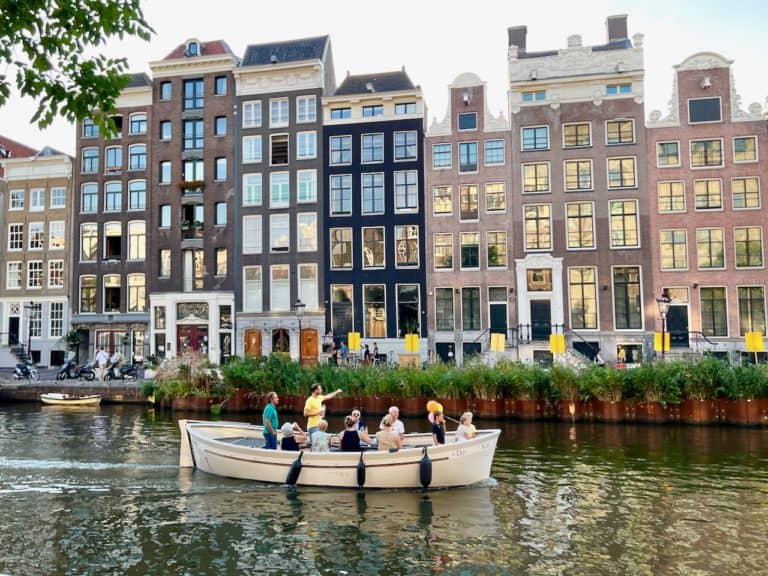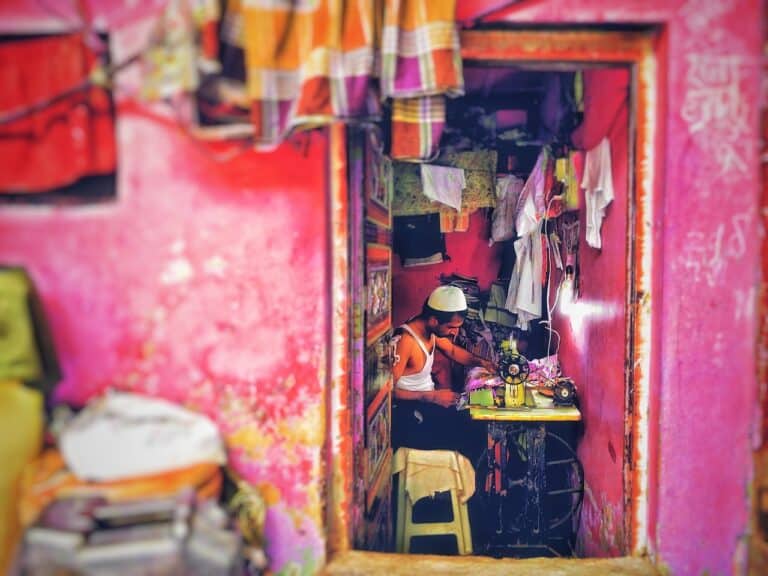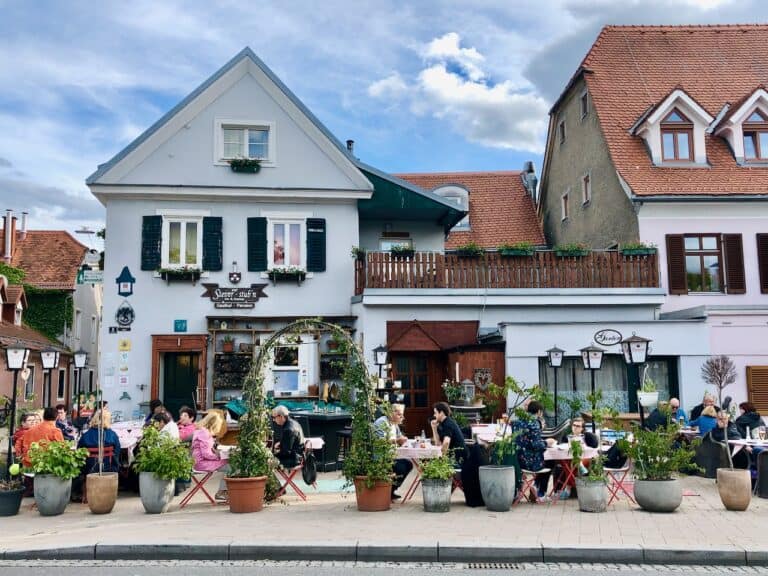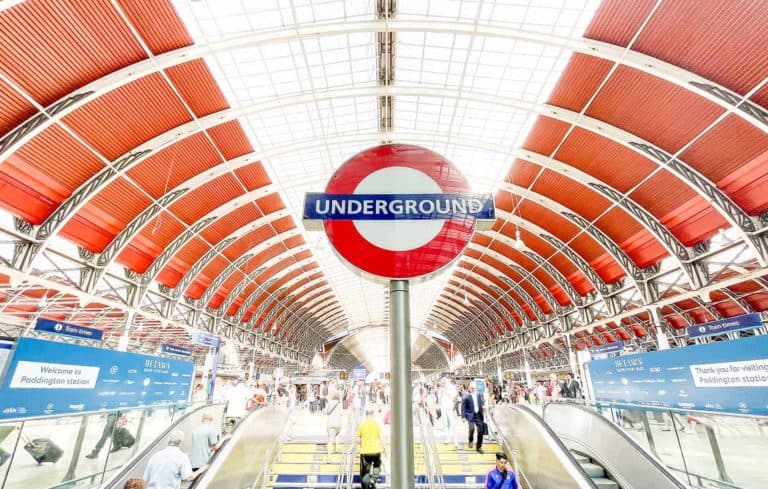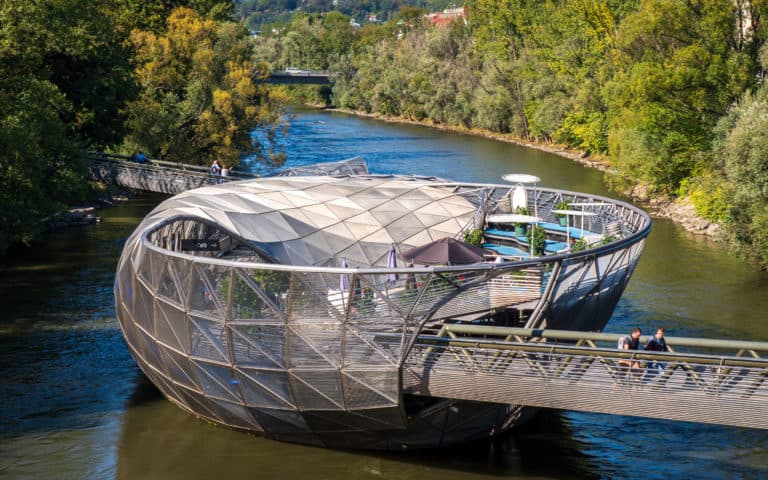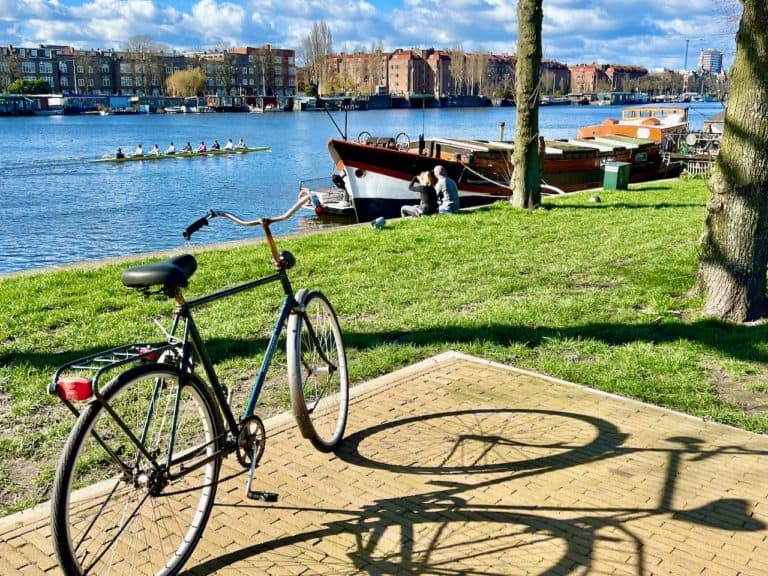History and Culture with the Graz City Card
By Andreas Susana
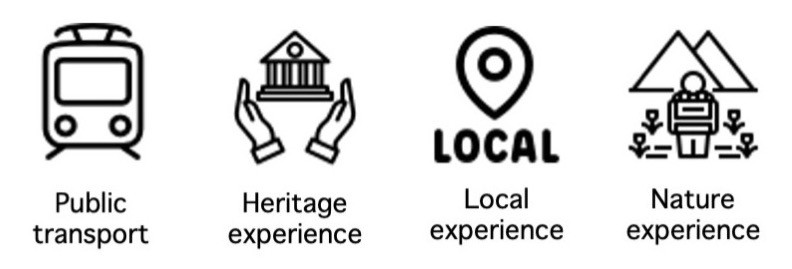
Graz, a UNESCO World Heritage city, boasts two remarkable sites on the heritage list: the historic center and the Eggenberg Palace, located in the city’s outskirts. However, Graz has more to offer in terms of history and culture. If you’re visiting for just a few days and want to learn about the city’s rich history and culture, and have time to spare for local food and shopping, here’s how you can make the most of your visit without missing its hidden gems. I recommend purchasing the Graz City Card and following my suggestions below.
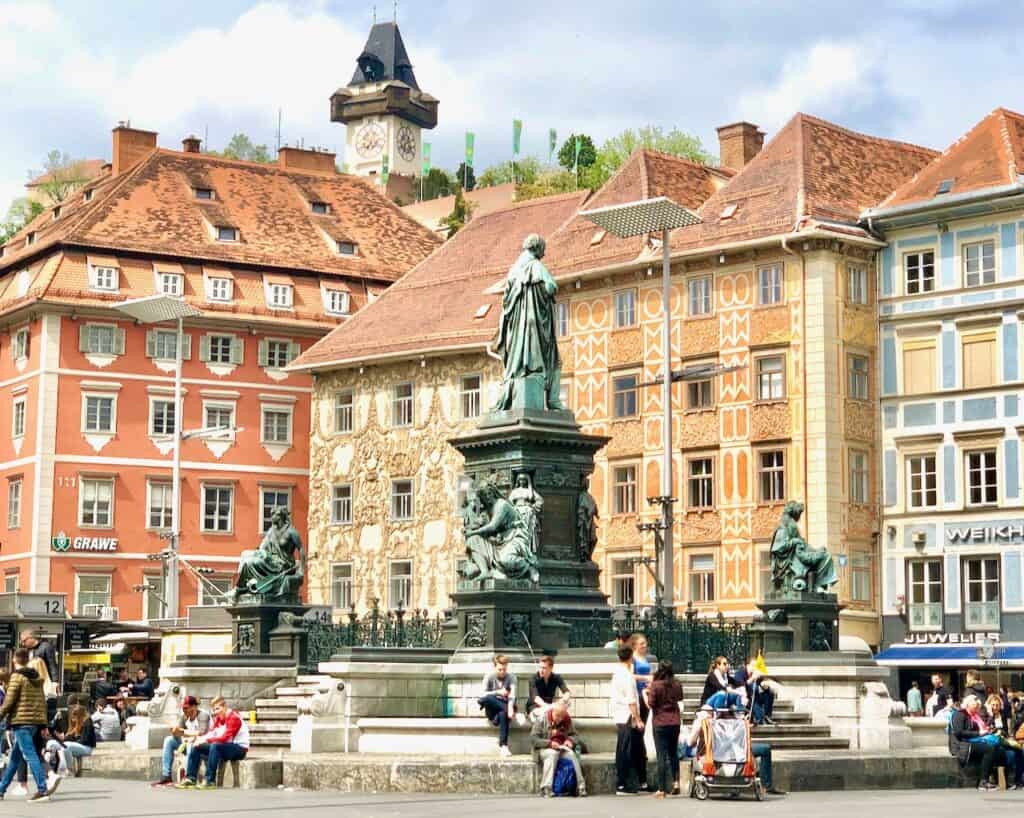
Explore Graz with the City Card as Your Guide
Enjoy Graz in an eco-friendly way with the Graz City Card, which offers complimentary public transport and free access to most museums. With this card in hand, you can effortlessly navigate your way through the city’s historical sites and stunning architecture. While you could use a bike, public transport options like trams and buses make it even more convenient across the city’s hilly landscape. The City Card is available for 24, 48, or 72 hours. Just keep in mind that many museums are closed on Mondays! Purchase the Graz City Card here.
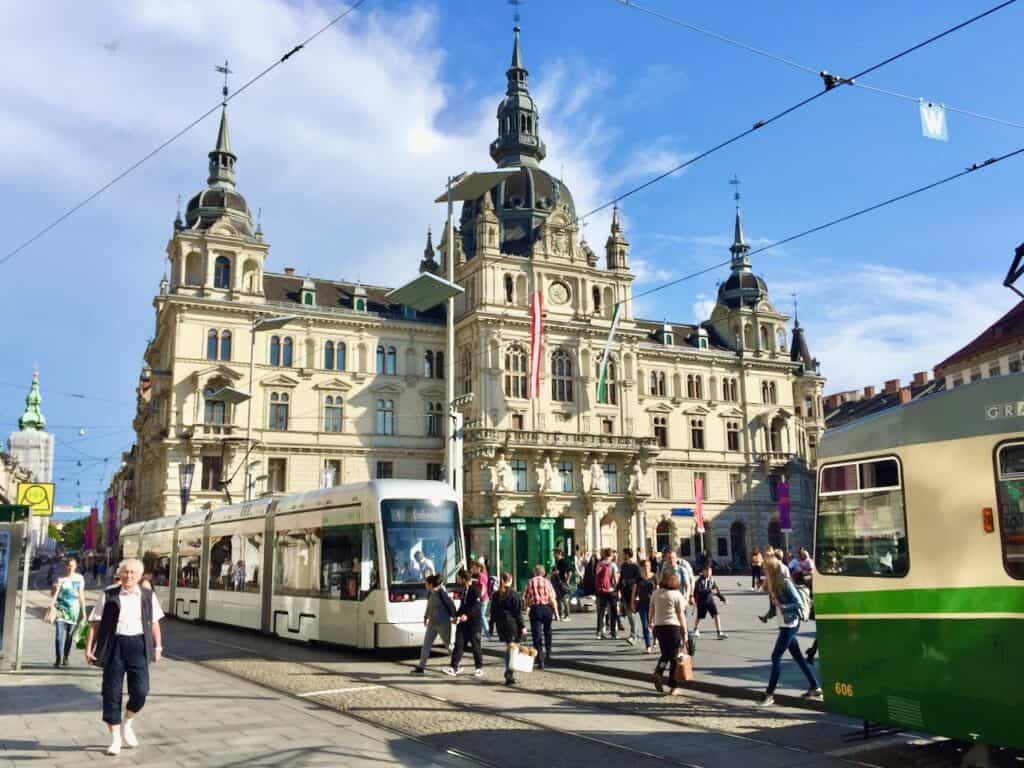
Graz Museums, Cultural and Historic Attractions
For museum enthusiasts, Graz is a treasure trove of information that helps you understand the city’s evolution. Moreover, the museums in Graz have embarked on several sustainability projects. To help you explore the city using your City Card, I’ve organized my recommendations by public transport routes.
The City Centre (All Tram Lines)
Begin your journey at Hauptplatz, the main square where all tram lines meet. From here, several museums are within walking distance.
Graz Museum
At the Graz Museum, delve into the city’s history with boards, old maps, and photographs that reveal its captivating design.
Museum der Geschichte
Adjacent to the Graz Museum, the Herberstein Palais houses a history museum with a focus on the state of Styria, of which Graz is the capital.
Landeszeughaus
A few steps down Herrengasse, you’ll find this former state armory, a time capsule housing around 32,000 pieces of weaponry. Explore four floors filled with swords, pikes, helmets, and firearms.
Landhaushof
Enjoy a view of the Landhaushof, a Renaissance court designed by Italian architect Domenico dell’Allio in the 16th century, contributing to Graz’s Italian vibe.
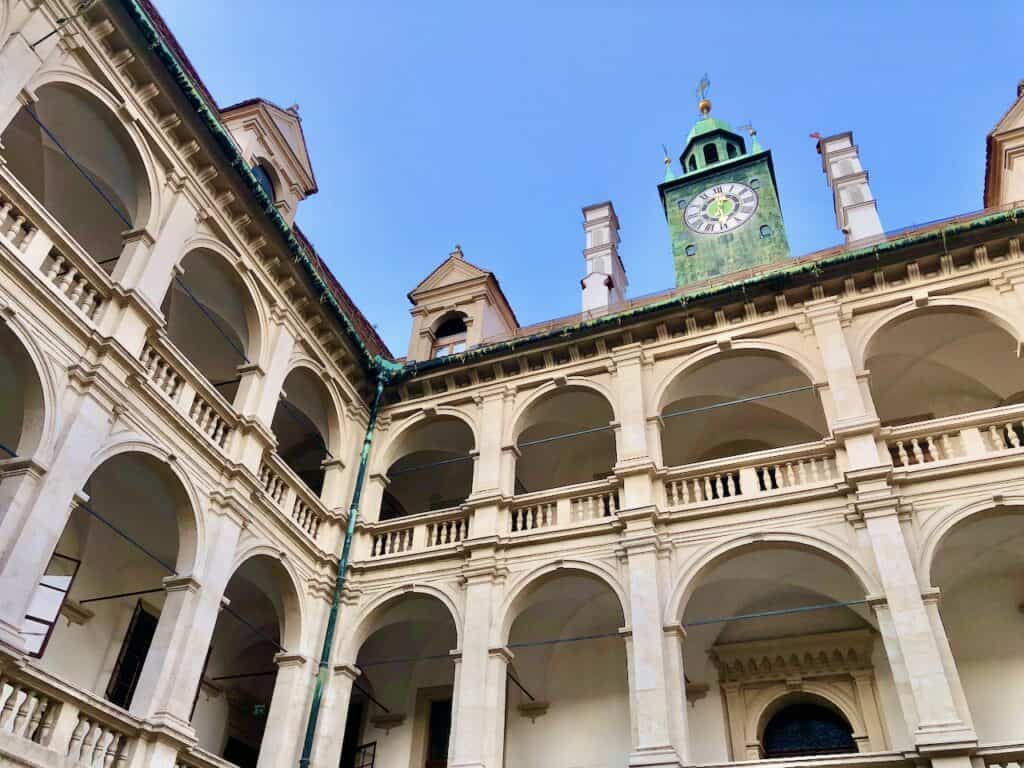
Joanneumsviertel
A five-minute walk away, three museums await you in the Joanneumsviertel:
- CoSa – Centre of Science Activities: A hands-on museum with a focus on sustainability. Learn how to make eco-friendly choices, such as reducing your carbon footprint by selecting clothing wisely.
- Naturkundemuseum: Explore biodiversity at the Natural History museum, empowering you to understand nature and sustainable living, with intriguing displays like the Mantispa styriaca (Styrian praying lacewing) model.
- Neue Galerie: Discover art from the 1800s to today at the New Gallery museum, including works by the renowned Styrian artist, Günter Brus.
Old Town (Bus 30)
Explore Graz’s UNESCO-listed old town by strolling through its small lanes. Some of them are passageways which connect different squares. Amidst this grid, you’ll find attractions like the Graz Cathedral, the Mausoleum of Ferdinand II, and the late Gothic Double Spiral Staircase. Locals call this ensemble Stadtkrone (city crown), which refers to its elevated location. Bus line 30 whisks you up to the city crown in minutes (stop: Freiheitsplatz).
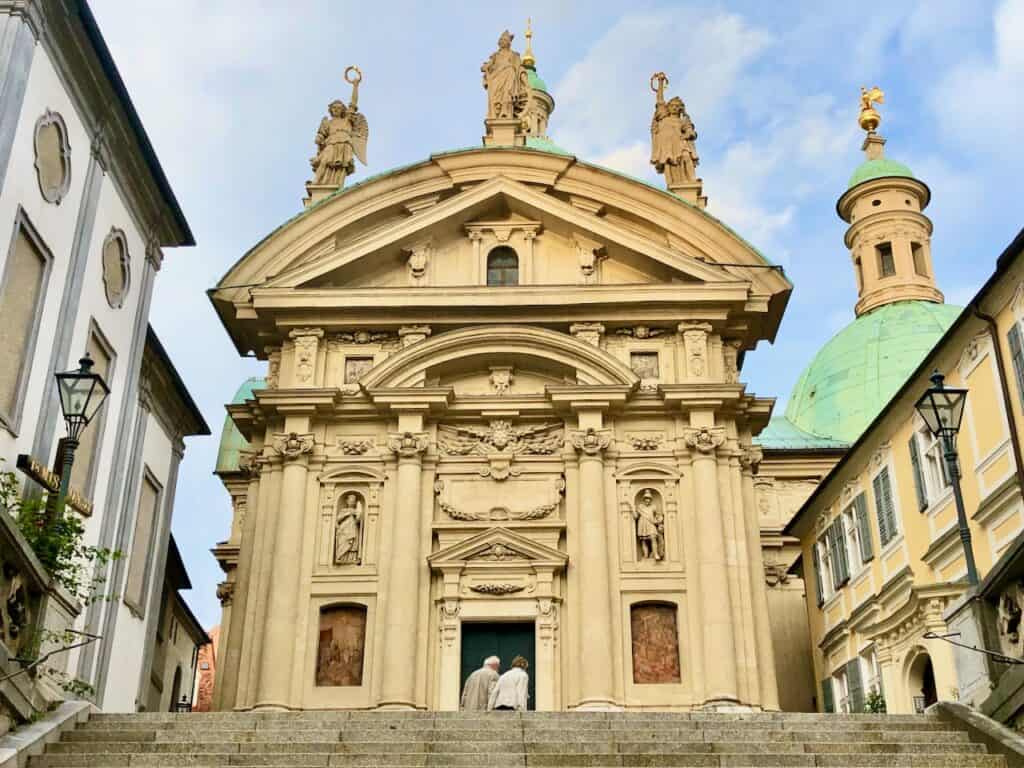
Volkskundemuseum
Two stops away (stop: Paulustor), the Volkskundemuseum offers insights into folk life and beneficial and non-beneficial forms of development. The museum takes steps to reduce its carbon footprint, including reusing decoration elements and utilizing LED lights. No wonder that this museum is the proud bearer of the Österreichische Umweltzeichen – a national quality seal for establishing eco-minded processes.
Schlossberg (Funicular)
The iconic Uhrturm clock tower atop a hill in Graz can be reached by lift (inside the hill), funicular, or on foot up the Schlossbergstiege stairs.
Schlossbergmuseum
Atop the hill, explore the history of the hill and the city’s defenses at the Castle Hill museum, and enjoy a stroll in the lovely park.
Roof landscape
While walking through Graz’s streets, you won’t see it, but from platforms near the clock tower or the Schlossbergmuseum, you can enjoy an excellent view of the city’s colorful roof landscape.
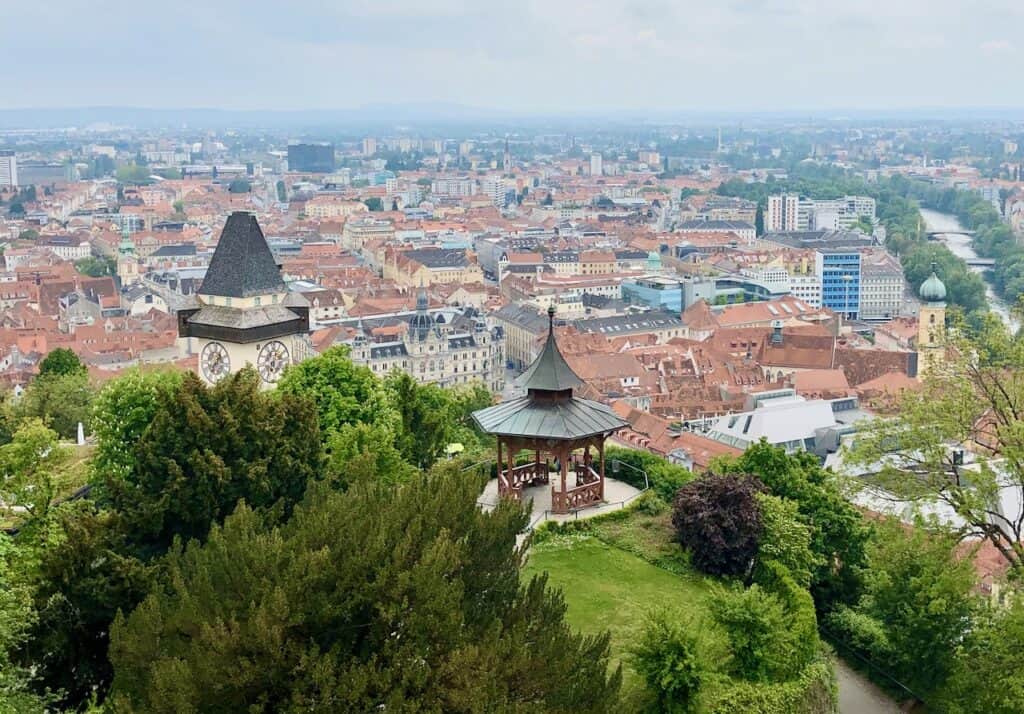
Kunsthaus (Tram 1,4,6,7)
The blue bubble across the Mur River is the Kunsthaus, an exhibition hall for contemporary art.
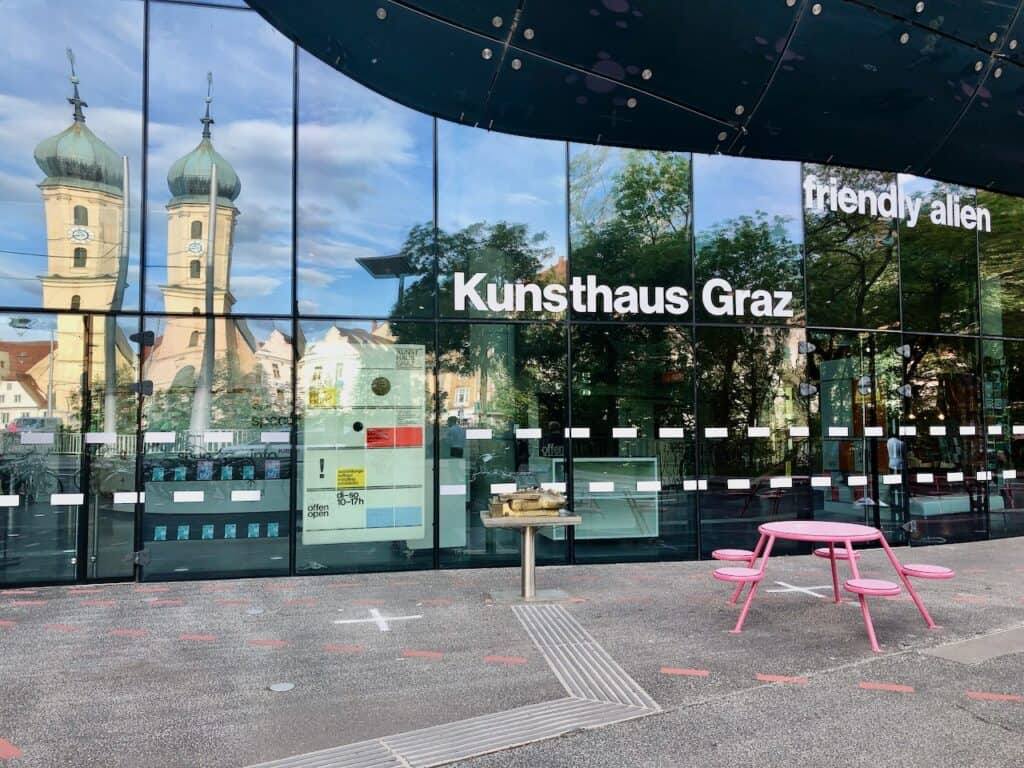
Opened in 2003 when Graz received the title European Capital of Culture, the Kunsthaus is a wondrous place to visit. As I write these lines, it is celebrating its 20th anniversary. Inside, you’ll experience modern art in a unique, cave-like environment lit by helical lamps.
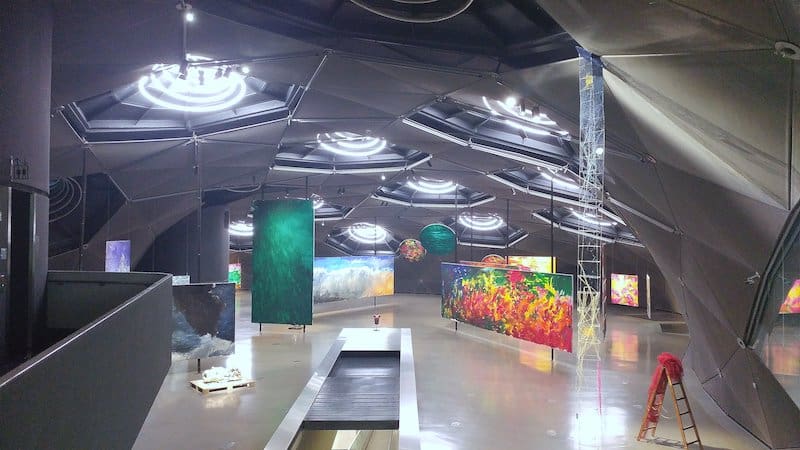
Eggenberg Palace (Tram 1, 7)
Eggenberg Palace, located on the outskirts of Graz, is accessible via two tram lines, with line 7 being a preferred choice.
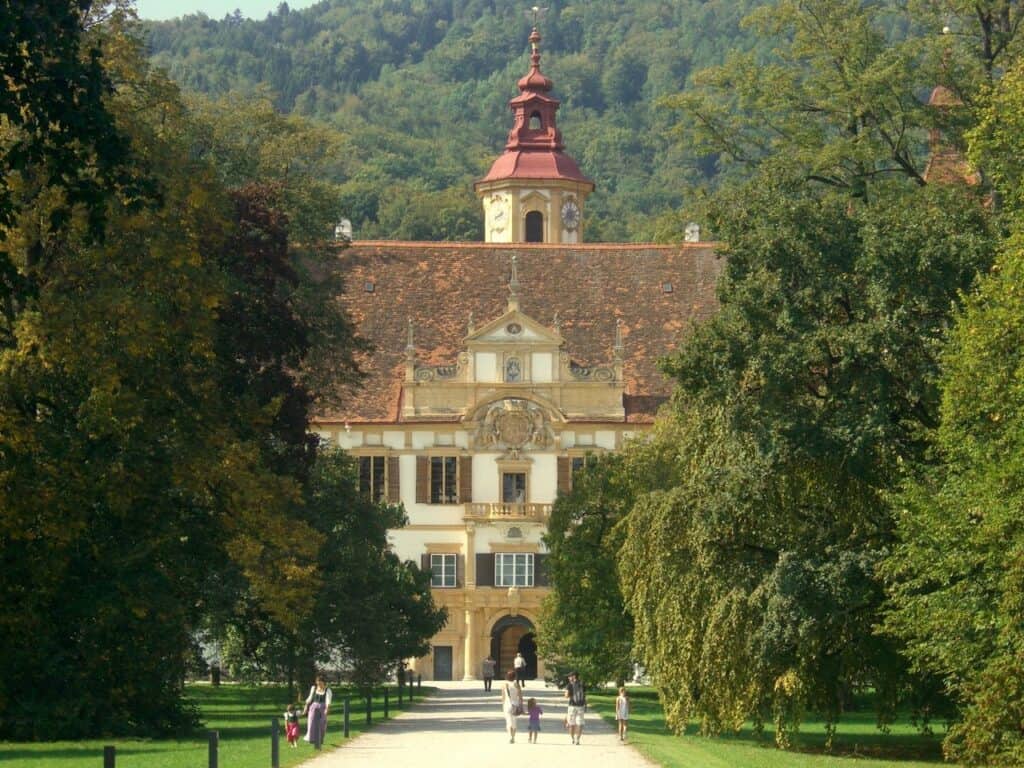
Upon entering the castle grounds, you have several attractions to explore:
- Münzkabinett: Explore the history of the Eggenberg family, who owned the palace. Find out how they afforded such a luxurious castle, perhaps by visiting the coin cabinet.
- Alte Galerie: Lovers of old masters and wooden figures of saints will find heaven here, with many pieces from Styrian churches.
- Archäologiemuseum: Hundreds of years ago, Styria was home to peoples like the Celts and Romans. This museum displays intriguing cult tools and mosaics dating back to that era.
- Prunkräume: Don’t miss a guided tour through the state rooms, where you can uncover details related to the calendar and the world of symbols.
- Schlosspark: In the castle park, discover the effort put into maintaining historic trees and plants. Explore an orchard for cultivating old varieties of fruits, and enjoy the vibrant colors added by rare roses. Look out for the majestic blue and green peacocks that strut as if they own the castle.
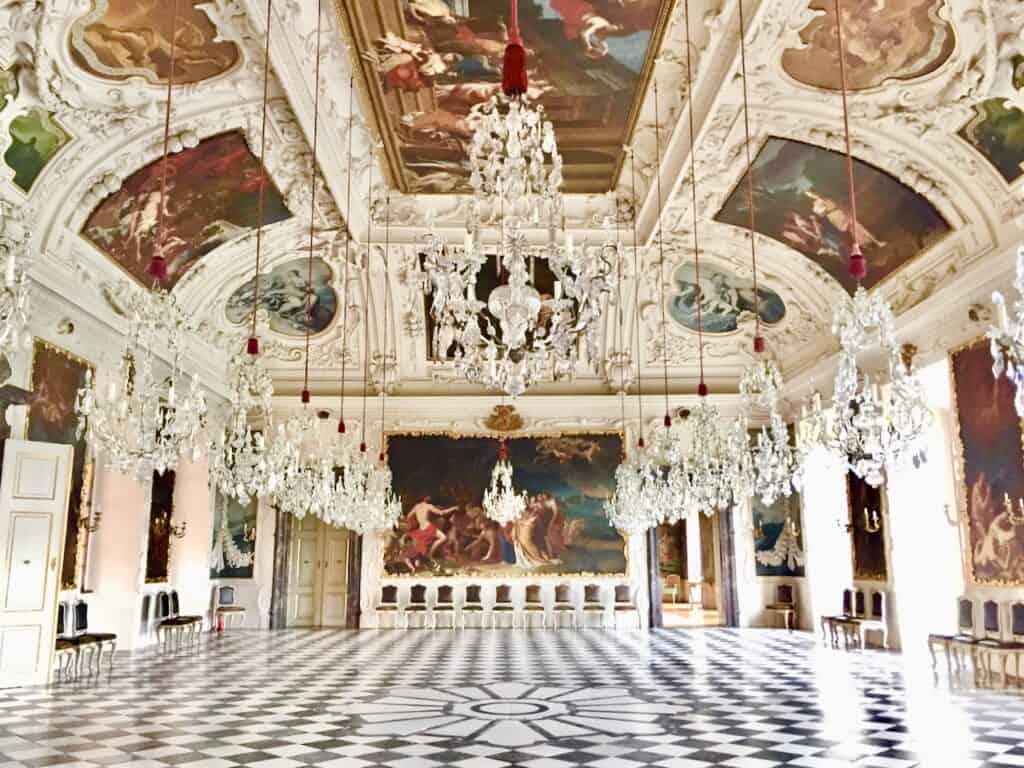
Museum der Wahrnehmung (Bus 34/34E)
A small museum with a unique backstory, the Museum of Perception features art related to our senses. In the past, it served as public showers and bathtubs for households without such facilities. For me, it is a small reminder of how times have changed.
Schell Collection (Bus 40, 58, 63, 67/67E)
Finally, visit the Schell Collection, where a private entrepreneur showcases a worldwide collection of locks and cash boxes. Marvel at exceptionally valuable cassettes protected by intricate locking mechanisms. This ‘hidden’ museum is located near the “Lendplatz” bus stop, not far from the colorful Lendplatz Farmers Market.
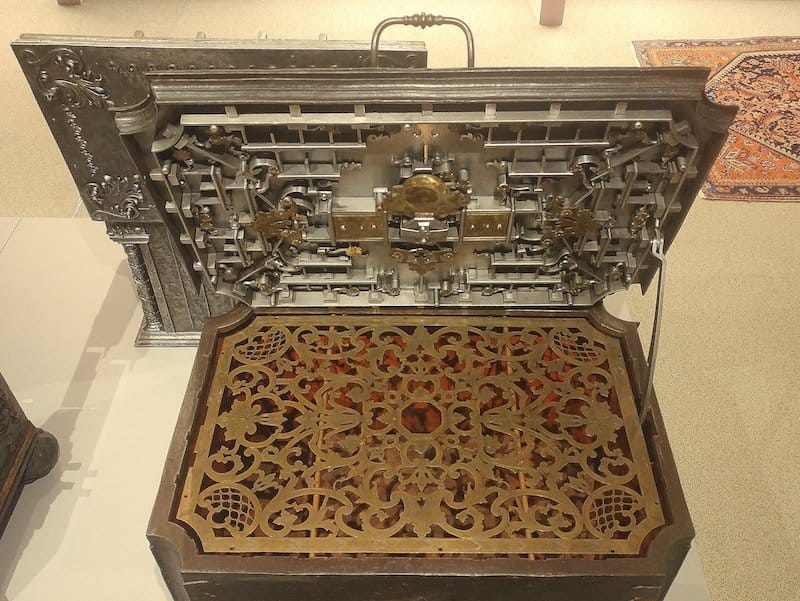
Move2zero project
Near the “Museum of Wahrnehmung” bus stop, you’ll spot a quick loader for the city’s E-buses, signifying Graz’s commitment to sustainability. The Graz Transport Service’s “move2zero” project aims to de-carbonize the bus fleet and test various bus manufacturers’ models. In addition to developing technologies for ‘zero-emission’ power generation and supply, the project tests vehicles and the infrastructure for their emission-free qualities and levels of re-use and re-cyclability.
In Graz, both cultural landmarks and major museums are easily accessible via eco-friendly public transport. Enjoy your journey through history, art, culture, and sustainability, with plenty of time left to explore conscious shopping and eateries, with the Graz City Card.
Bio
Andreas Susana is the Founder and Publisher of the blog Travelwriticus. Based in Graz, Andreas loves roaming all over Austria and its neighbouring countries. You’ll often find him in a museum or walking through the streets of old towns, searching for hidden symbols or the peculiarities of the area. Readers appreciate his daily mini-posts about details Andreas has found after climbing city towers or sneaking in through open gates of town palaces. And speaking in terms of sustainability, he is known for writing all his blog posts on the train while heading to another destination full of archaeological sites, museums and castles.


